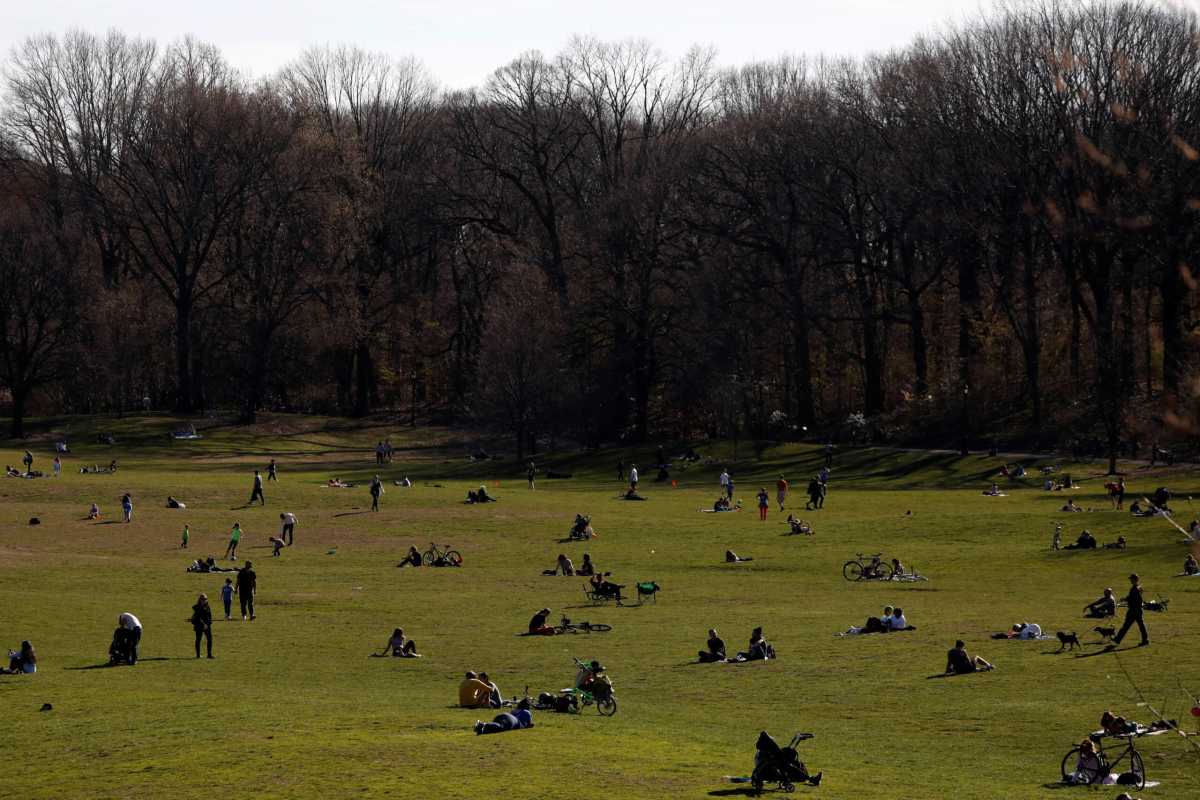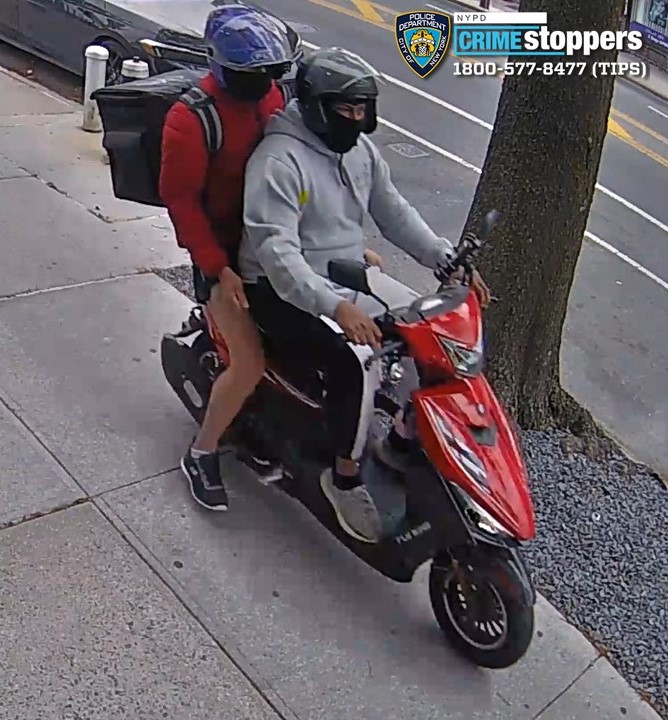East Flatbush and its surrounding neighborhoods have less park area than any other district in the city, with only 1 percent of the area’s 2,000 acres dedicated to recreational green space, according to a recent report.
Community District 17 — encompassing East and Northeast Flatbush, Remsen Village, and Ditmas Village — contains only 15 acres worth of city parks, which is equivalent to approximately seven soccer fields, according to the 2021 Open Spaces Profiles report published by the advocacy organization, New Yorkers for Parks.
The district, which stretches across 3.3 square miles, also houses fewer recreational amenities than most other districts, with only one community garden and eight playgrounds, compared to the nine community gardens and 16 playgrounds located on average in each of the city’s 59 community districts.
The East Flatbush neighborhood isn’t the only area with lackluster parkland in Brooklyn, where public green space tends to be less clean and in worse condition than the city’s average, the report said. Inadequate park space, in addition to lowering the quality of life, can negatively impact the health of residents, research has found. According to a 2014 study, New York City residents close to multiple, clean parks tended to have lower BMIs than those without access to well-maintained green space, when controlled for demographic factors.
Many of the disparities in park access fall along racial and socio-economic lines, the 2021 Open Spaces Profiles report revealed.
While East New York is 89 percent Black and has a median household income below the city’s, the wealthier Community District 2 encompassing Brooklyn Heights and Fort Greene houses 100 acres of city parkland and more playgrounds, dog runs, and community gardens than average. Other well-off areas, such as Park Slope and Carroll Gardens, also have more recreational community gathering spaces than the city’s average, according to the report.
However, race and wealth don’t always determine a neighborhood’s park access. Borough Park, which is 70 percent white and working class, has only 32 acres of parks — ranking it 56 out of the city’s 59 districts in terms of available green space. Meanwhile, the majority-Black and Latino district that covers East New York and Starrett City, which has one of the lowest median household incomes of the borough, is made up of 23 percent parkland because of the Shirley Chisholm State Park to its south and a proliferation of community gardens.
To revitalize the city’s parkland, New Yorkers for Parks unveiled a five-point plan that calls on the city to dedicate one percent of the city’s budget each year towards park maintenance and operations, build more green space in underserved communities, reform and streamline the process through which parks get renovated, and work with non-profits and volunteers to increase access to each park, among other demands.
Those efforts would mark the first step in increasing the Brooklynites’ connection to parkland — a particularly important utility as many indoor spaces remain off-limits amid the COVID-19 pandemic.
“We need a new vision for a new era of parks in our city,” said Adam Ganser, the executive director of New Yorkers for Parks. “Now is the time to prioritize these open spaces as the essential infrastructure they are not only for our quality of life and environmental resilience, but as drivers of New York’s economic recovery. Every New Yorker deserves access to quality parks and green space, but we have a long way to go to achieve that goal.”





















